Alaskan Airbus AS350B2 CFIT With Unrestrained Cargo in Cabin (N194EH of ERA Helicopters, 5 May 2016)
On 5 May 2016 Airbus Helicopters AS350B2 helicopter N194EH, operated by Era Helicopters, suffered a Controlled Flight Into Terrain (CFIT) while on approach to a remote landing site on the Norris Glacier about 15 miles northeast of Juneau, Alaska. The pilot received serious injuries, and the helicopter sustained substantial damage. It was conducting a Part 91 as a visual flight rules (VFR) internal-cargo company flight. Degraded conditions were reported in the area at the time of the accident.
Flight Preparations
The US National Transportation Safety Board (NTSB) explain in their safety investigation report (released in November 2019) that:
Alaska Heli-Mush Inc, contracted with Era Helicopters to provide helicopter support for the movement of personnel, dogs, and cargo. The purpose of the flight was to transport camp equipment from Era Helicopters’ headquarters in Juneau to a remote dog camp on the Norris Glacier in the Tongass National Forest. Era Helicopters and Alaska Heli-Mush conducted heli-mushing operations for the Alaska tourism industry using a helicopter glacier landing permit issued by the US Forest Service.
The pilot conducted a formal flight risk assessment before the flight using Risk Assessment Form ERA A-003. The form had sections addressing crew qualifications, crew currency, duty period, flight profile, environment, and aircraft. The completed flight risk assessment form had a total value of 15, and no sections of the flight risk assessment were exceeded (crew qualifications, crew currency, duty period, flight profile, environment, and aircraft). The flight would have been prohibited if the total value was greater than 32 or any section limit was exceeded.
The Era Operations Manual – Part A General Procedures discusses internal cargo carried in passenger compartments and states: “For the purposes of clarity, baggage may be carried in a passenger compartment when properly secured and accompanied by a passenger. Cargo may only be carried in the passenger compartment during cargo only operations. The PIC shall ensure that all cargo, including baggage, on Company aircraft complies with the following: It is carried in an approved cargo rack, bin, or compartment installed in or on the aircraft; It is secured by an approved means.”
The operator reported that internal cargo loading is covered in company training and performed by company employees. The operator further reported that the only individuals who have documented cargo training are the pilots, and due to this, all internal cargo loading is supervised and/or approved post-loading by the pilot who has the final authority for airworthiness of the helicopter.
The operator configured the helicopter’s cabin to facilitate the transportation of [850lb of] internal cargo.
It appears most was carried in the baggage bay.
The rear seat assembly was folded up against the cabin wall, and a lidded plastic box that contained a metal heater was placed on the cabin floor behind the pilot’s seat. A single cargo strap was secured to the rear seatbelt attachment points in front of the aft cabin wall and routed over the top of the plastic box from left to right in the cabin. The configuration of the single cargo strap provided lateral restraint; however, no forward restraint was present. The make and model of the single cargo strap, as well as the strap’s maximum load rating, could not be determined. According to cargo paperwork, the box and its contents weighed 50 pounds.
The Accident Flight
…at 1307, a weather report from the dog camp indicated a 300-ft ceiling and 5 miles visibility. At 1341, the pilot departed on his first flight of the day from the heliport for the approximate 25-minute flight with an internal cargo load of 850 pounds and no passengers. The pilot was seated in the front right seat and was wearing a 4-point restraint system… The pilot did not wear and was not required to wear a flight helmet.
…the pilot reported that, during the approach to the dog camp over a large, featureless and snow-covered ice field, ceilings were “low,” and he observed “a lot of flat light.” He stated that, during the approach, he was in radio contact with the dog camp personnel. He reported that he was scanning his radar altimeter, which was showing 200 ft above ground level, and he had visually acquired the landing zone and dog camp when the helicopter struck the snow-covered ice field and rolled over to the right.
After the impact, the pilot released himself from the fiberglass seat’s 4-point restraint system and attempted to perform an emergency shutdown. The dog camp personnel immediately responded to the accident site via snowmobile and rendered first aid to the pilot who they found lying on the snow. The accident site was about 3/4 mile from the dog camp landing zone near Guardian Mountain.
Dog camp personnel notified Era’s operational control center of the accident at 1405 and Era’s Juneau base at 1408. At 1409, the operator’s base in Juneau initiated the emergency response plan.
Postaccident photos submitted by the operator showed that the cargo strap over the plastic box remained intact and that the metal heater had been ejected out of the plastic box during the impact sequence and was lying immediately behind the pilot’s seat on the snow.
The photos also showed a fracture of the [fibreglass] seatback at about shoulder height. Removal of the seat cushion showed a complete transverse fracture of the seatback, lower on the left side than the right side.
Review of the pilot’s postaccident medical treatment records indicated that his injuries included fractures of multiple left ribs and the left scapula, multiple left-sided transverse and spinous process fractures, as well as injuries to the left lung, left kidney, and spleen, and an intimal tear in the mid-descending aorta.
FAA Responses to NTSB on Cargo in the Cabin
The FAA responded that:
The FAA does not require original equipment manufacturers (OEMs) to publish information regarding cargo loading. The certification assumption is that the helicopter will be used to carry people, unless indicated otherwise by the applicant. In the case of the AS350, Airbus did not indicate that anything other than passengers will be carried.
Any “approved” cargo installation will be explained in the Rotorcraft Flight Manual (RFM) limitation or supplement section – (what tie-downs are used, what straps are used, etc.); loading instructions (what areas in the cabin get loaded first, second, etc.); and procedures (walk around procedures will mention to verify cargo secured).
The NTSB however highlight that the AS350B2 RFM states that a loading instruction placard is to be mounted on the side face of the control pedestal and this states the “distributed loads maximum” for the rear cabin floor is 682 pounds. The FAA also commented:
Operators do not have certification approval to install cargo in the cabin unless it is mentioned in the RFM or [RFM supplement] RFMS (part of the [type certificate] TC or an STC) – installation instructions are provided in the flight manual. #
It is possible that there may be some operators that have been using existing tie-downs/seat rails to tie down cargo in the cabin, and incorrectly assuming that this is a “certified” installation when in fact it is not. … The RFM or RFM supplement will be clear as to what is approved regarding internal cargo (if it does not mention how and where to install cargo, then it’s not certified).
However, confusingly FAA subsequently added several months later that:
…the FAA is not aware of any documentation that would prohibit Part 27 rotorcraft from carrying cargo in the cabin, even if a certification does not exist for that helicopter.
A search by the NTSB “did not identify any regulatory guidance, advisory material, or best practices available from the FAA regarding the securement of internal cargo in helicopters or the care, inspection, and maintenance of cargo straps used for internal cargo operations with helicopters”.
Additionally:
On April 21, 2017, Airbus stated in an email to the NTSB {Investigator In Charge] IIC that “it is the responsibility of the operator to define an adapted cargo, freight, or baggage securement that is in respect to the limitations permissible force on the floor stowing mooring rings.”
On June 26, 2018, the Bureau d’Enquêtes et d’Analyses pour la sécurité de l’aviation civile reported to the NTSB IIC that Airbus has developed a “cargo installation in cabin” procedure for the Airbus AS 350 series, which is currently in the certification process.
NTSB Probable Cause
The pilot’s failure to maintain terrain clearance while on approach to land in flat light conditions.
Contributing to the severity of the pilot’s injuries was the inadequately restrained internal cargo, which shifted forward during the impact and struck the pilot and/or the pilot’s seat.
Other Safety Resources
- Low Viz Helicopter CFIT Accident, Alaska – this also featured CFIT and released cabin cargo and occurred the day after.
UK CAA Paper 2007/03: Helicopter Flight in Degraded Visual Conditions:
Final summary report on research conducted for the CAA by QinetiQ on helicopter flight in degraded visual conditions. The work comprised a review of accident data for the period 1975 to 2004, simulator trials using two test pilots and six representative accident scenarios, analysis of the simulator trials results including linking quantitative measures of visual scene content with pilot workload ratings, and a review of relevant civil regulations.
Also see these Aerossurance articles:
- All Aboard CFIT: Alaskan Sightseeing Fatal Flight
- US Fatal Night HEMS Accident: Self-Induced Pressure & Inadequate Oversight
- Night Offshore Winching CFIT
- US Police Helicopter Night CFIT: Is Your Journey Really Necessary?
- Fatal Night-time UK AW139 Accident Highlights Business Aviation Safety Lessons
- ‘Procedural Drift’: Lynx CFIT in Afghanistan
- Italian HEMS AW139 Inadvertent IMC Accident
- HEMS A109S Night Loss of Control Inflight
- Deadly Combination of Misloading and a Somatogravic Illusion: Alaskan Otter
- How a Cultural Norm Lead to a Fatal C208B Icing Accident
- Torched Tennessee Tour Trip (B206L N16760)
- Wait to Weight & Balance – Lessons from a Loss of Control
- Misloading Caused Fatal 2013 DHC-3 Accident
- Culture + Non Compliance + Mechanical Failures = DC3 Accident
- Japanese Rescue B412 Fatal CFIT
- Taiwan Night Medevac Helicopter Take Off Accident
- UPDATE 13 April 2020: Inadequately Secured Pallets Penetrate the Rear Pressure Bulkhead of a Cargo B737
- UPDATE 25 April 2020: Fatal R44 Loss of Control Accident: Overweight and Out of Balance
- UPDATE 5 February 2021: Inexperienced IIMC over Chesapeake Bay (Guimbal Cabri G2 N572MD): Reduced Visual References Require Vigilance
- UPDATE 11 December 2021: Canadian Flat Light CFIT

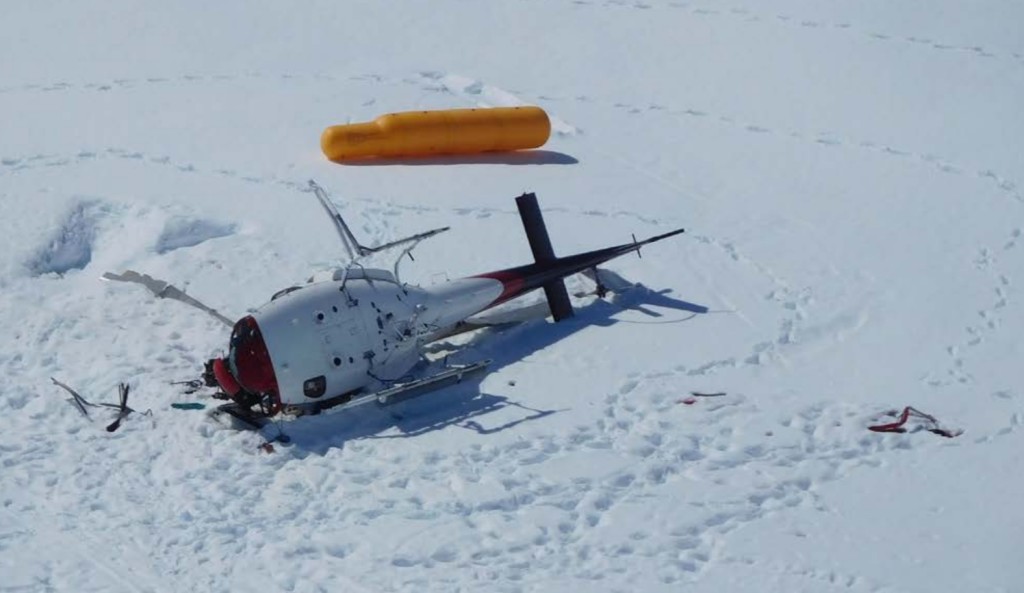

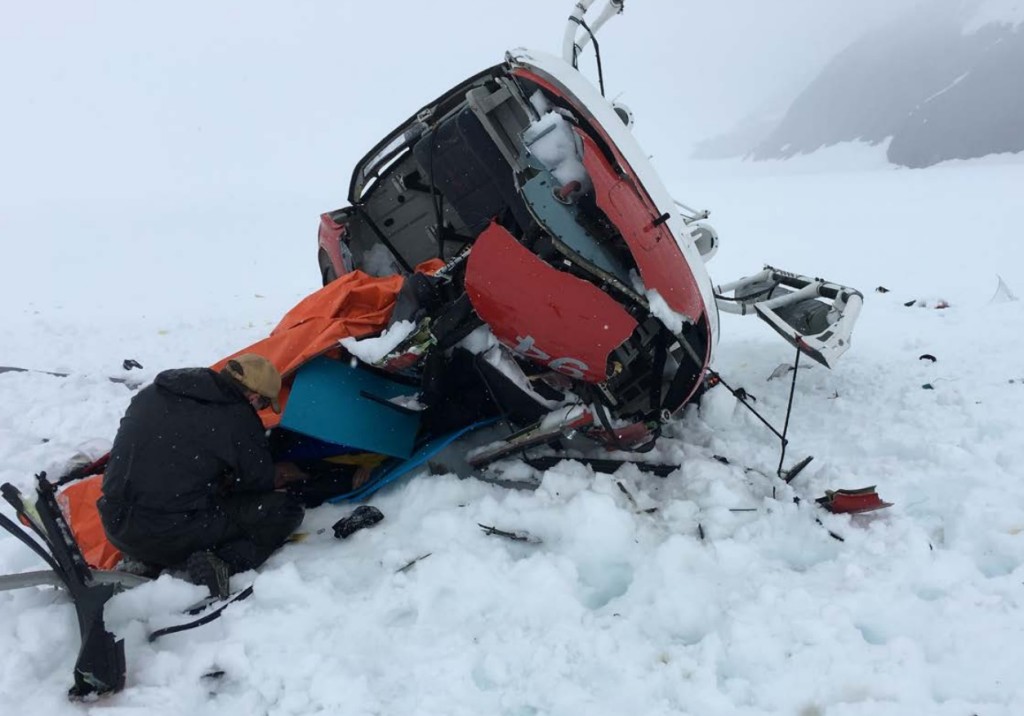
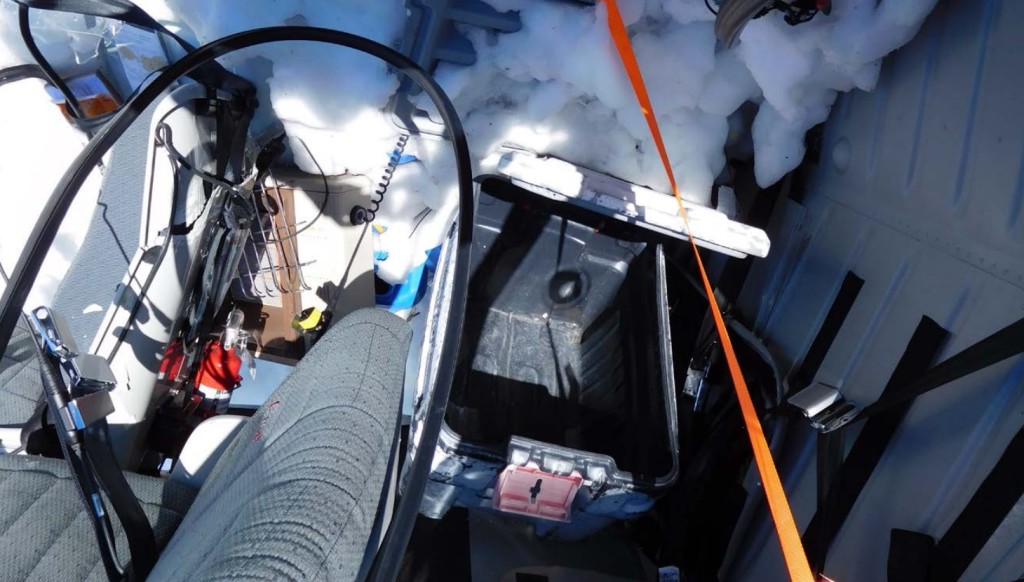
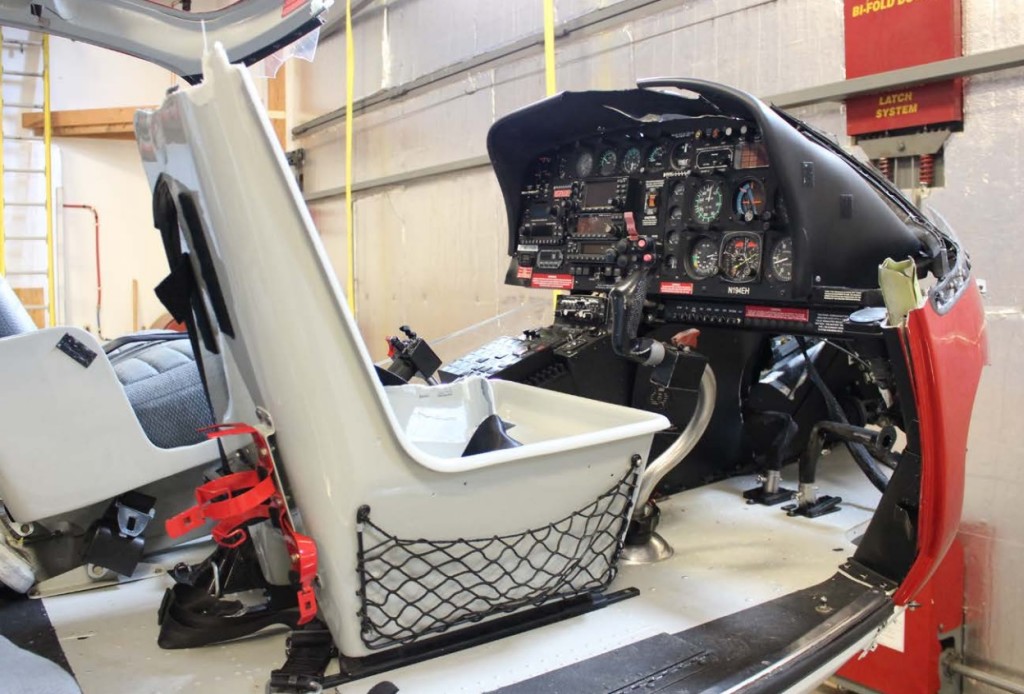
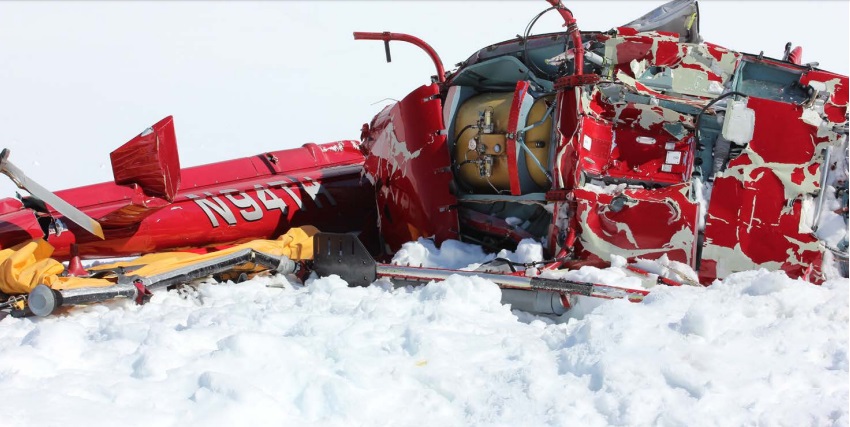
Recent Comments